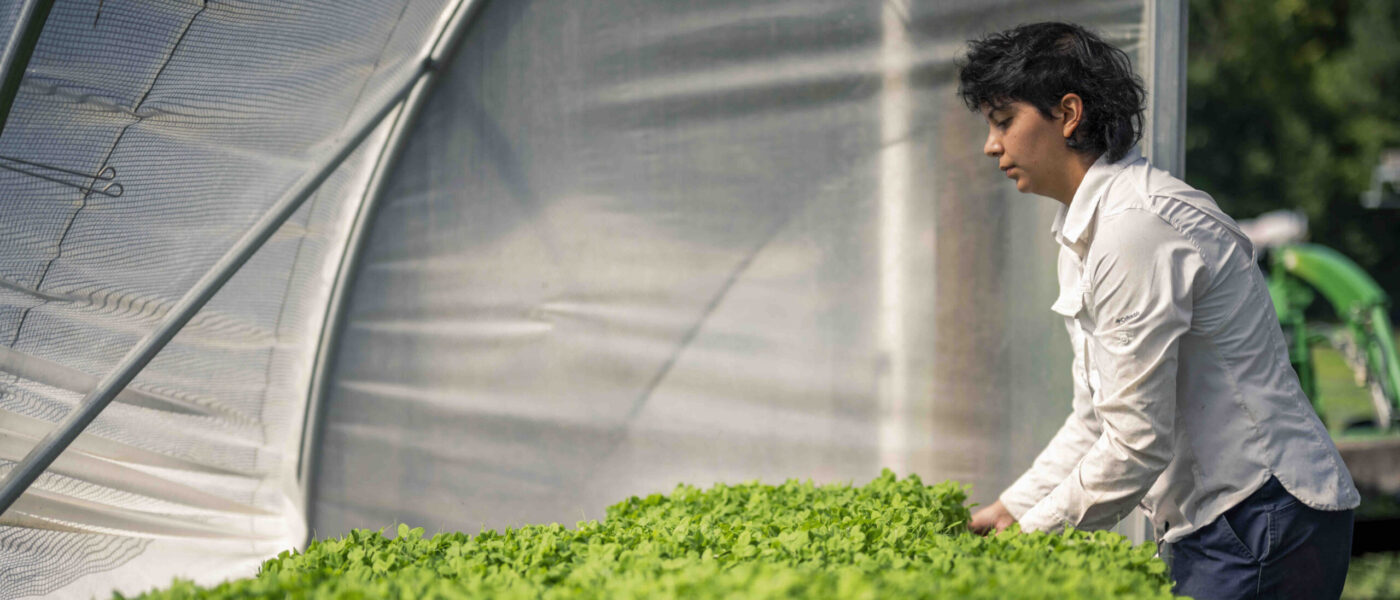 Last year, Congress failed to pass a new Farm Bill before the September 30, 2012 deadline. Instead, they bought themselves more time by passing a one-year extension of the farm bill that passed in 2008. Now history is repeating itself as the minutes tick down to that September 30th deadline again. Although the bill expires on Monday, many farm programs will continue until the end of the year because such programs extend through the crop year. But many of the newer programs will expire – programs that support new and beginner farmers, local and regional food systems, organic farming, and so much more. The Farm Bill, which has historically been a bipartisan piece of legislation, is so mired in partisan politics that it looks like the now two-year-long process of passing a new farm bill will continue to drag on.
Last year, Congress failed to pass a new Farm Bill before the September 30, 2012 deadline. Instead, they bought themselves more time by passing a one-year extension of the farm bill that passed in 2008. Now history is repeating itself as the minutes tick down to that September 30th deadline again. Although the bill expires on Monday, many farm programs will continue until the end of the year because such programs extend through the crop year. But many of the newer programs will expire – programs that support new and beginner farmers, local and regional food systems, organic farming, and so much more. The Farm Bill, which has historically been a bipartisan piece of legislation, is so mired in partisan politics that it looks like the now two-year-long process of passing a new farm bill will continue to drag on.
Where We’re At
The Senate passed a comprehensive food and farm bill in May. Its bill was expected to save $23 billion over the next 10 years by eliminating, consolidating and reforming hundreds of agriculture programs. The House, pushing for larger cuts in the Supplemental Nutritional Assistance Program (SNAP, more commonly referred to as food stamps), decided to change things up. To that end, in July the House passed a stand-alone farm bill that separated the nutrition programs from the overall bill for the first time since 1973. Last week, the House passed the nutrition program bill, slashing $40 billion from nutrition programs.
With more Americans than ever before in our history now receiving nutrition program support, those opposing the cuts call the bill unconscionable. SNAP enrollment has risen from 26 million Americans in 2007 to close to 48 million today. Those who point to SNAP as a crutch to keep people dependent on the government ignore the simple fact that the average food stamp benefits are $4.45 per day and that two-thirds of SNAP recipients are children, the elderly or the disabled. The rest of the recipients are adults with children. Not to mention that the program has been proven to help raise children out of the cycle of poverty.
It remains to be seen, now, how the Senate and House versions of these bills will be conferenced, the next step in the process of sending a farm bill to the White House. The Senate’s version of the bill is a comprehensive farm and nutrition bill. Up until last night, the House had two separate bills. Today they will try to bring a vote to the floor on a bill combining the farm and nutrition bills back into one. The Senate has made it clear that they will not agree to the House’s gutting of SNAP. The outlook for meeting Monday’s deadline is grim.
What’s At Stake
As our partner, the National Sustainable Agriculture Coalition (NSAC), says, “Without a new farm bill—or at the very least a modified, reform-oriented extension of the current farm bill—the innovative programs and policies that invest in the future of healthy farms, food, and people are completely derailed. Put bluntly, this represents hundreds of millions of disinvestment in a better food and farm future that we may never get back.”
Programs that will lose funding include conservation programs, programs to help elderly people access nutritious food at farmers markets, and export programs that open up new markets to family farmers. Programs that will continue to be unfunded since last year’s extension include programs for beginning, minority, organic, and specialty crop farmers. Also un-funded will be programs that create value-added farm businesses, encourage rural small business, and grow renewable energy.
NSAC’s advice for Congress: “Congress should pass a new five-year bill that includes robust funding for the programs that keep our families fed and healthy, build local economies, protect and restore natural resources, and spur the next generation of farmers.” If they’re unable to do that, they should approve a multi-year, reform-oriented farm bill extension that includes funding for the programs that have helped build strong local and regional food systems, bring good food to school cafeterias, and put new farmers on the land, among many other advances.
As Willie Nelson, Farm Aid founder and president, notes, “…people in towns and cities everywhere are taking matters into their own hands. They’re standing up with family farmers and insisting on food that is best for them and their families. They’re seeking out food from family farms at farmers markets, grocery stores and restaurants. They are organizing to change the food served in schools, hospitals and public institutions. They’re making their voice heard and voting for family farm food every way they can.”
Willie continues, “Our message is hard to miss. America needs family farmers. Congress, can you hear us?” The future of our farm and food system depends on it.

